An Iranian citizen journalist, who writes under a pseudonym to protect her identity, wrote the following piece on the ground inside Iran.
Several city blocks in central Tehran, located just south of Ferdowsi Square, are locally known as the “Money-Changers’ Row,” which is the busiest market for currency exchange in Iran. On Saturday April 4, Iran’s first business day after Iran and the 5+1 group of countries in Lausanne announced the nuclear deal, the market was even more hectic than normal. Selling had begun first thing and continued unabated throughout the day, and in just one hour, the dollar had dropped by 200 tomans in value.
There was a rush because people wanted to sell the currencies they had saved for many years, in particular US dollars, fearing that prices would drop even further. After 15 years of hostile relations with the West and countless unsuccessful negotiations, there was finally proof that Iran’s downtrodden economy would bounce back.
But it was not just the US dollar and other hard currencies that were affected by the drop in prices; coins and gold also fell victim. Despite the price of gold rising by 20 dollars in the world market, the price of the Bahar Azadi (“The Spring of Freedom”), a gold coin that is minted by the Iranian Central Bank, dropped by 15,000 tomans.
“The nuclear accord between Iran and the 5+1 countries and its consequences if it is implemented will rationalize and stabilize gold and currency prices in the market,” said the head of the Gold and Jewel Business Association, Mohammad Kashti-Arai, to ISNA news agency. “The psychological effects of achieving the accord have brought down the prices of gold and currency. The most important point is that the nuclear agreement has increased the value of the national currency of Iran and this is going to have a positive effect on the Iranian economy.”
He added: “We cannot accurately predict the prices of gold and currency. The price of gold will never remain stable because it fluctuates in the international market but we can state that we’ll arrive at more stable and rational prices.”
There are a number of financial analysts that believe that the drop in currency prices will not continue even if a nuclear agreement is finalized because they estimate their real value to be at current levels. The analysts argue that price drops are a consequence of psychological factors and gradually, prices will bounce back.
When heavy sanctions were first imposed on Iran by the US, the European Union and the United Nations less than four years ago under President Ahmadinejad, the price of hard currency rapidly shot up. In 2010, a dollar traded for somewhere between 1,050 to 1,150 tomans but in less than two years, its price tripled and by summer 2012, it had almost reached 4,000 tomans.
The Rouhani Effect
In the meantime, many Iranians converted their savings into dollars in order to protect themselves if the Rial dropped in value. This in turn made hard currency more expensive and caused volatile fluctuations in the gold and currency markets. It was only when the centrist Hassan Rouhani replaced hardliner Ahmadinejad as president that prices began to stabilize.
This change in the political leadership did not lead to a noticeable drop in currency prices but did prevent it from rising continuously and uncontrollably. From that point onwards up until April 4, the dollar remained stable ranging from having a value of 3,300 to 3,400 tomans. The departure of the nuclear negotiating team under Saeed Jalili, Ahmadinejad’s chief negotiator, and the appointment of his replacement, the reputable diplomat Javad Zarif as foreign minister, was also significant in stabilizing prices.
The new team under Zarif brought about many positive developments with regards to reaching a nuclear agreement. This initially slowed the rise in currency prices but it is now reversing it, although this may prove to be short-lived.
However the Iranian economy faces other more serious, long-term problems, which even an ironclad final agreement would fail to solve immediately. Some of these challenges are the consequences of sanctions, while others are due to mismanagement. In 2010, the Iranian government had a currency revenue estimated at nearly 110 billion dollars but this only ever dropped as low as 24 billion dollars. Furthermore, even if sanctions are lifted immediately, it will take a long time for the relief of this to trickle down into the Iranian economy.
Only once the excitement of reaching the nuclear deal abates, will we truly be able to see what the Iranian currency market looks like.
Mehran Tavassoli, Citizen-Journalist, Tehran
visit the accountability section
In this section of Iran Wire, you can contact the officials and launch your campaign for various problems























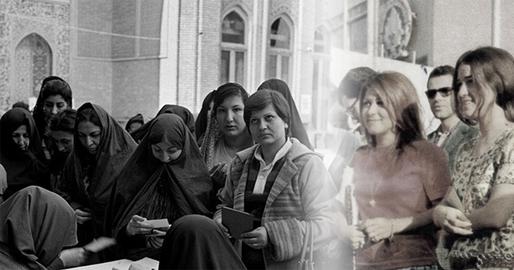

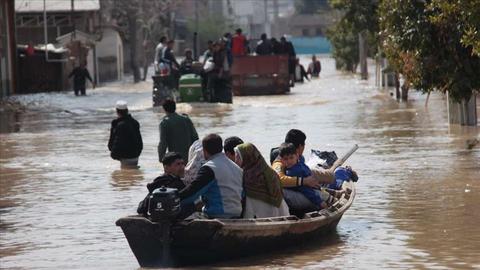
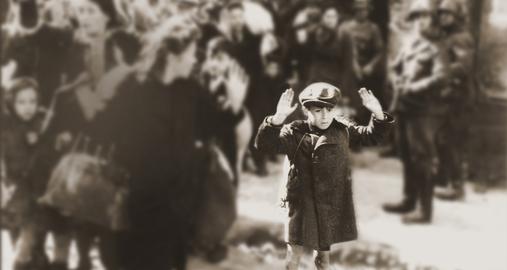
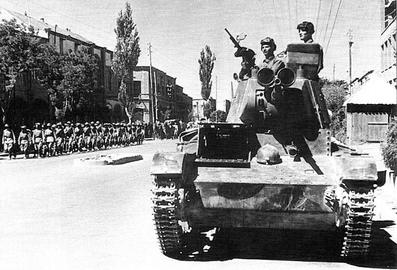
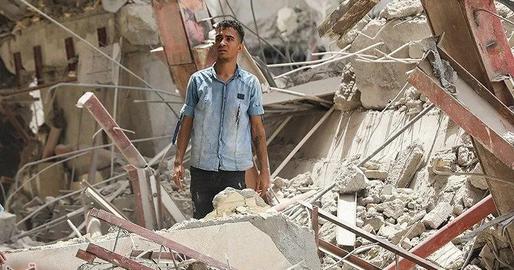
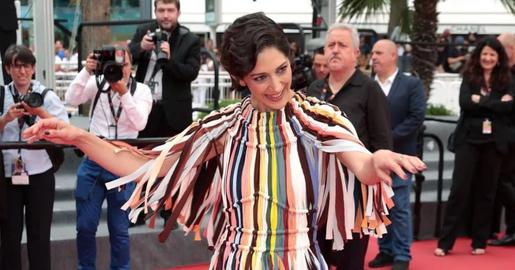





comments